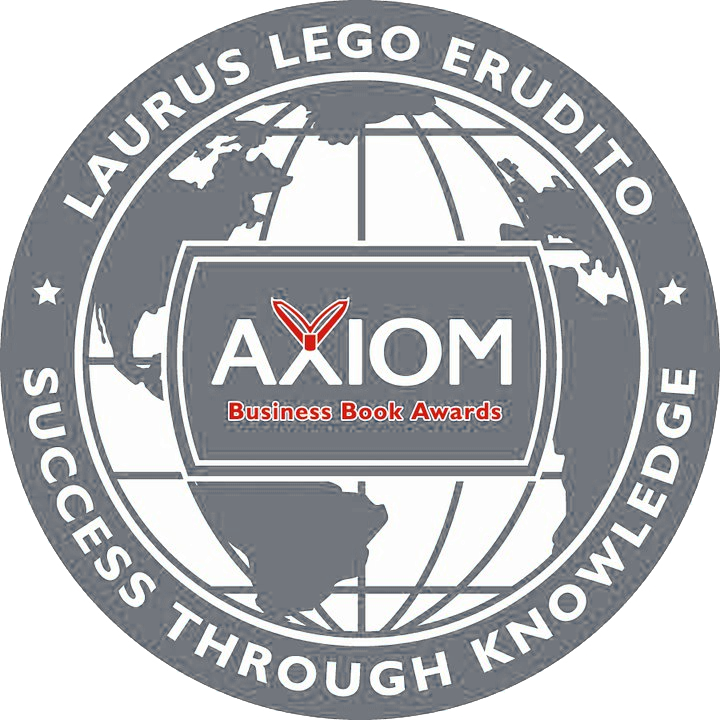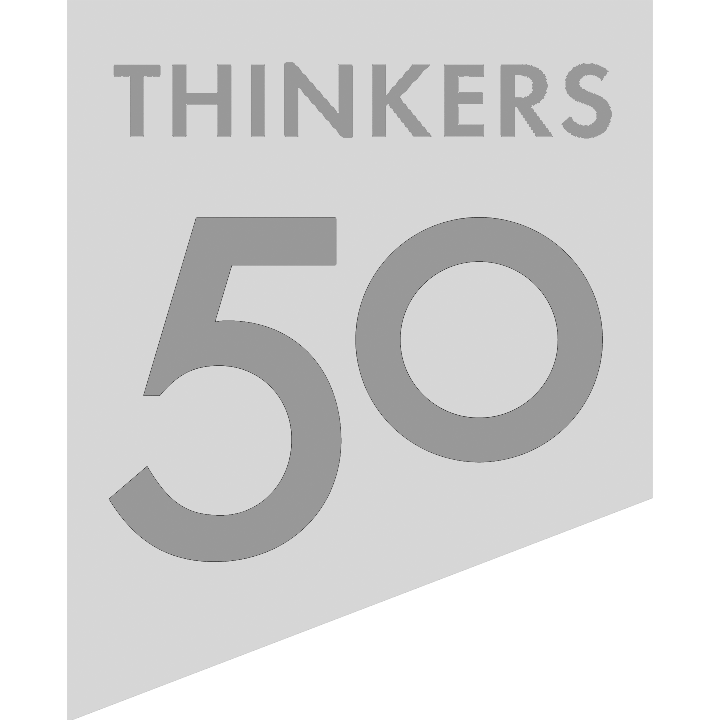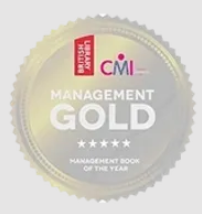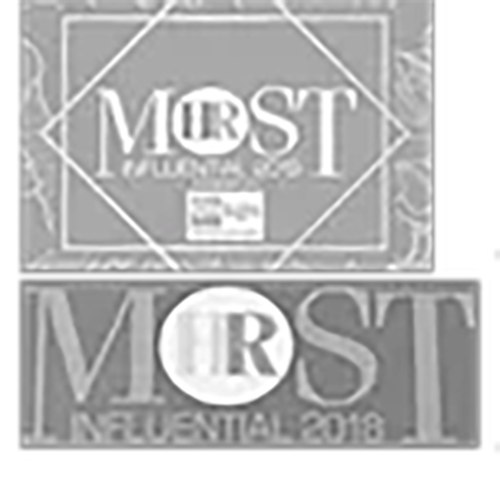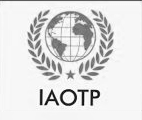Case Study:
Innovation Norway
Context
Innovation Norway was formed by Norwegian Government to encourage investment and industrial development. Anita Krohn Traaseth, its former Chief Executive, was overseeing a cultural change from a more traditional bureaucratic set-up to one based on entrepreneurship using The Management Shift (TMS) approach.
Implementation
Explaining how she integrated The Management Shift into the core of operations at Innovation Norway, Anita said: “When you work for the government, with a mandate to develop and grow new and established industries and businesses, there is a fundamental purpose and passion for the task. But the Level 3 to Level 4 (of TMS Model) shift challenges common beliefs in the public sector which are related to the words and the semantics connected to understand Level 4 and 5; enthusiasm, leadership, unlimited”.
These are words that do not resonate so easy in the somewhat conservative, publicly owned culture and anyone using them can easily be defined as pompous and be ridiculed by the media. In Norway, it’s all about pragmatism, the results, the excel sheets and to keep away from media and public debates, not to draw too much attention in case it will be negative.
Management is important to run any businesses, but in transformations, of a country, an organisation or a company, we need a stronger leadership focus. Then it is time to ask the big questions such as “Why are we doing this?” and open up for new voices and perspectives in forming the way forward. This can really stir up and be perceived as a threat to the existing power holders.
The key to courageous (Level 4) leadership is trust and transparency. Using this new method, the organisation’s directions changed from a more standard bureaucratic language and behaviour to being defined by both the colleagues and customers and followed up by milestone plans and active communication. Anita found that leaders often act as facilitators, or advocates for the customer, especially in the early stages of a shift to Level 4 leadership. “It is an effective and honest way of guiding a new culture into another culture, it reminds us of why we’re here; not for ourselves, but by being relevant for the needs of our customers” she commented.
Outcome
The implementation of the Emergent Leadership Model had a profound impact at Innovation Norway. For example, three out of four employees had a very high or high level of enthusiasm; employees believed they had development opportunities and that they would be able to make use of their expertise and, astonishingly, they reduced feedback time for entrepreneurs on start-up grants from 60 days to 4 days.
Further examples of the impact created include:
- Two and three years after transformation, Innovation Norway was named the most attractive employer among economists,
- Innovation Norway increased delivered service by 24% whilst reducing operating expenses by 6%,
- They returned £59 million in dividends to state owners in the same two years,
- They signed first agreement between UN Women and Norway to promote female entrepreneurship,
- They improved diversity, and three years after transformation, 50% of the top executives at the management group of Innovation Norway were women.

